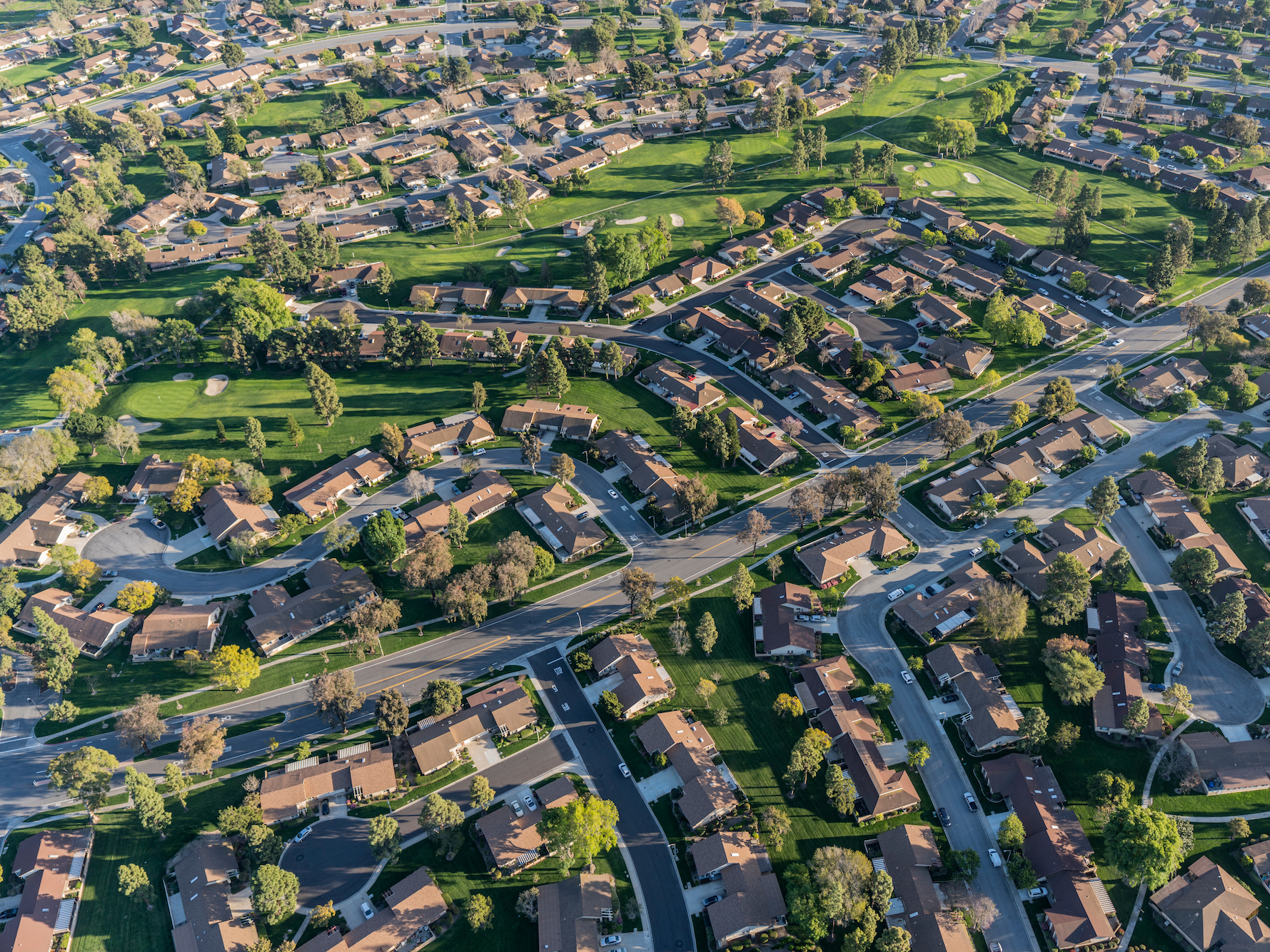- More millennials are buying homes outside the affluent suburbs and reviving the exurbs, Laura Kusisto of The Wall Street Journal reported.
- Houses in the exurbs are more affordable, and some millennials find that the savings are worth the commute time, which can be up to two hours.
- In a time where housing and rent have become expensive across the US, moving from the city center to a commuter town is an easier way for millennials to become homeowners.
Housing in America has become so expensive that millennials are going the distance when it comes to buying an affordable home – literally.
More millennials are purchasing homes in regions peripheral to the affluent suburbs – a move that’s reviving the exurbs for the first time in a decade, Laura Kusisto of The Wall Street Journal reported. On average, these homes are more than 16 miles from central business districts – the greatest distance since 2004, Kusisto reported, citing Fannie Mae loan data.
While the housing market has slowed in America, more home sales and constructions are popping up in the exurbs, Kusisto wrote: “Rising mortgage rates and home prices, especially in urban centers, are once again motivating buyers to drive until they can afford a home, including in Dallas, Las Vegas, Atlanta, and the San Francisco Bay Area. Low gas prices help as well.”
Living in what’s known as a commuter town is worth the savings in a housing market that hit an all-time high in prices in 2018, according to the National Association of Realtors’ data – even if it comes at the cost of time.
"If you move into town, you're going to spend your entire salary paying for a house," Josh Bush, a 29-year-old exurb resident whose 50-minute commute can turn into two hours if he hits traffic, told Kusisto.
The median price of homes listed in the US is $279,900, according to Zillow. Millennials buying their first home today are likely to pay 39% more than baby boomers who bought their first home in the 1980s, according to Student Loan Hero.
As a result, millennials are waiting to buy homes because it's taking longer to save for down payments - in some cities, the average home outweighs the average income by so much that it can take nearly a decade to save for a 20% down payment, according to a report by SmartAsset.
Housing is also less affordable for millennials compared with the overall population, whose incomes are likely higher because of more work experience, Business Insider's Akin Oyedele reported.
Saving up for a home can be even harder to do when millennials are shelling out money for climbing rents in the meantime. Rents increased by 46% from the 1960s to 2000 when adjusted for inflation, Student Loan Hero reported. The current median US rent, according to Zillow, is $1,650.
Choosing to live in a more affordable exurb is a way for millennials to fast-track their path to homeownership. And as it turns out, they may not be so different from baby boomers after all.
"In recent years, millennials have driven demand for rental apartments in downtown areas," Kusisto wrote. "Some in the industry thought this could be a permanent phenomenon. And yet, as they begin to marry and have children, millennials are proving like generations before them that they are willing to move to more affordable outlying areas."

